Who helped Israel trace location of Hezbollah leader Hassan Nasrallah?

Web Desk
|
30 Sep 2024
Lebanon’s Hezbollah confirmed on Saturday that its leader Sayyed Hassan Nasrallah was killed in an Israeli air strike on Beirut.
Reports indicated that Hassan Nasrallah was present on the 14th underground floor of Hezbollah's headquarters, where Israeli missiles traced his location and struck.
More details about the attack have now emerged, with a report claiming that Israel got the terrorist's location following a tip-off from an Iranian spy.
As per a report published in a French newspaper, Hassan Nasrallah was killed in an airstrike in Beirut within hours after Israel received his location.
The informant disclosed Nasrallah’s presence at Hezbollah’s underground headquarters in the southern suburbs of Beirut, where he was scheduled to meet with several senior members of the organisation.
The Israeli military claimed to have real-time intelligence to carry out the strike against Nasrallah.
“We had real-time intelligence, an opportunity, an operational opportunity that allowed us to carry out this attack,” Israeli military spokesperson Lieutenant Colonel Nadav Shoshani told reporters while speaking about the operation, which the military called “New Order”.
Another report published in a US newspaper stated that Israel’s recent attack against Hezbollah stem from a significant increase in intelligence resources aimed at the Iran-backed group.
According to the report, Israel’s signals intelligence agency has developed advanced cyber capabilities to intercept Hezbollah communications, including cell phone traffic.
Who was Hassan Nasrallah?
Hassan Nasrallah was born in 1960 in the eastern Beirut neighborhood of Bourj Hammoud. He spent his childhood there with his nine siblings. His father sold vegetables from a cart to support the family.
After the Lebanese Civil War broke out in 1975, Nasrallah joined the Amal Movement, later becoming a part of the resistance movement. He pursued religious studies in the city of Najaf, Iraq.
In 1982, following Israel's invasion of Palestine, Nasrallah announced the formation of a new group called Hezbollah. This group received support from countries like Iran and quickly rose to prominence as one of the most influential Shia militias.
In 1985, Hezbollah formally announced its creation through a "letter," identifying the U.S. and the Soviet Union as Islam's primary enemies and calling for the "destruction" of Israel, accusing it of occupying Muslim lands.
As Hezbollah grew, Nasrallah worked his way up through the ranks. After serving as a fighter, he eventually assumed leadership and expanded Hezbollah's reach across Lebanon.
Before Nasrallah, Abbas al-Musawi led Hezbollah until he was killed in 1992 by an Israeli helicopter strike. At the age of 32, Nasrallah took over as leader of the entire organization.
Upon assuming command, Nasrallah vowed to avenge Musawi’s death, ordering a rocket attack on northern Israel, which resulted in the death of a young girl. Additionally, Hezbollah targeted the Israeli embassy's security personnel in Turkey and orchestrated a suicide bombing at the Israeli embassy in Buenos Aires, Argentina, killing 29 people.
Nasrallah also managed a low-intensity conflict with Israeli forces, which concluded in 2000 with their withdrawal from southern Lebanon. However, this period saw personal tragedy for Nasrallah when his eldest son, Hadi, was killed in an exchange of fire with Israeli soldiers.
After the withdrawal, Nasrallah declared that Hezbollah had achieved the first Arab victory over Israel and vowed that Hezbollah would never disarm, asserting that they would regain control of all Lebanese territory, including Shebaa Farms.
From 2006, Hezbollah carried out a cross-border attack, killing eight Israeli soldiers and capturing two, which led to a massive Israeli retaliation. Israeli warplanes bombarded Hezbollah strongholds in southern Beirut, while Hezbollah launched nearly 4,000 rockets into Israel. The conflict lasted for 34 days, resulting in the deaths of 1,125 Lebanese civilians, 119 Israeli soldiers, and 45 Israeli civilians.
In 2009, Israeli warplanes targeted Nasrallah's home and offices, but he survived the attack.
In his most recent speech, Nasrallah accused Israel of setting off explosives in thousands of pagers and radio handsets used by Hezbollah members, killing 39 people and injuring thousands.


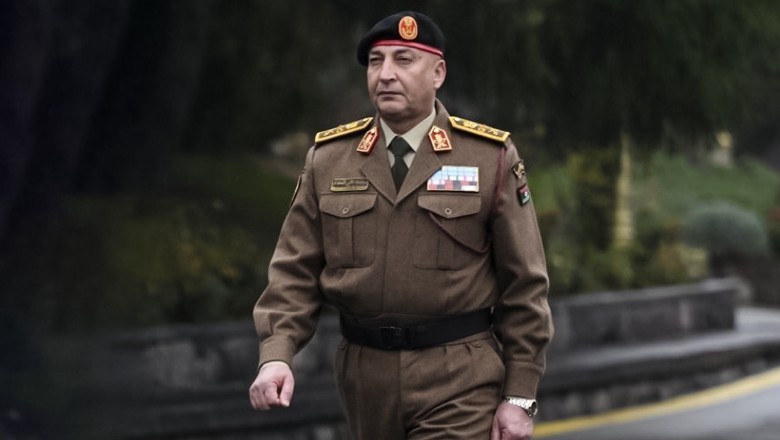



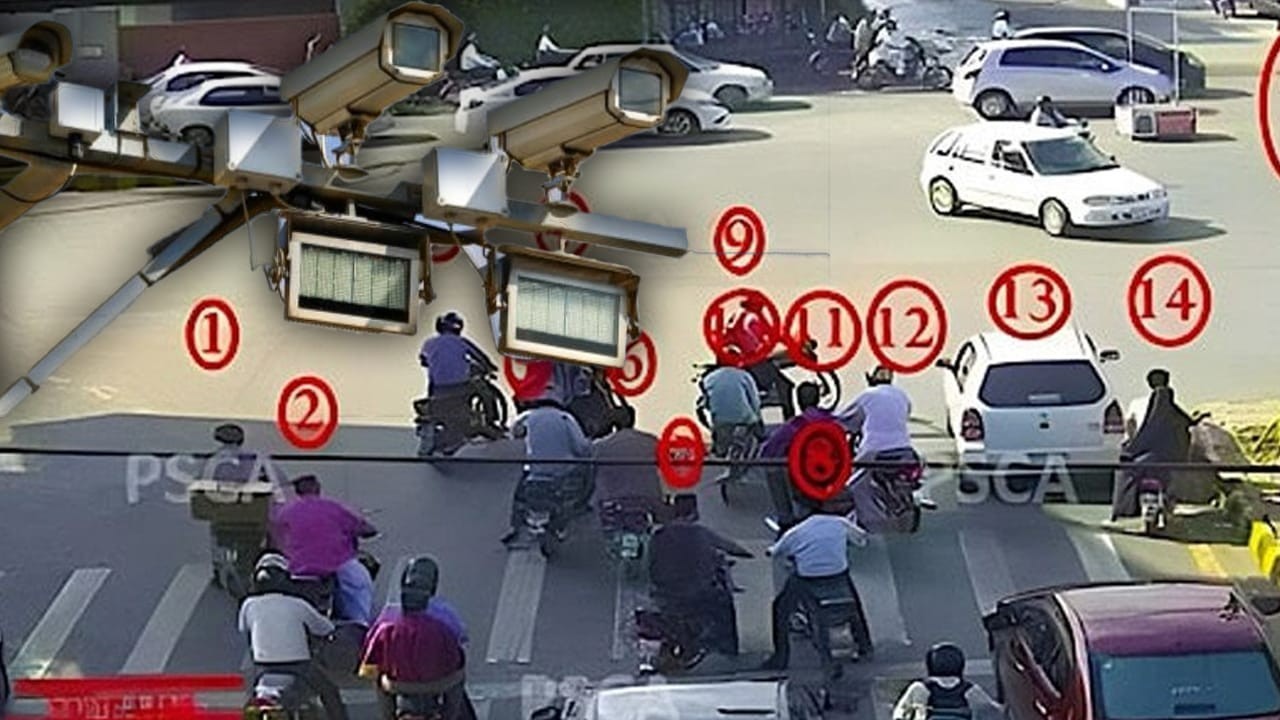
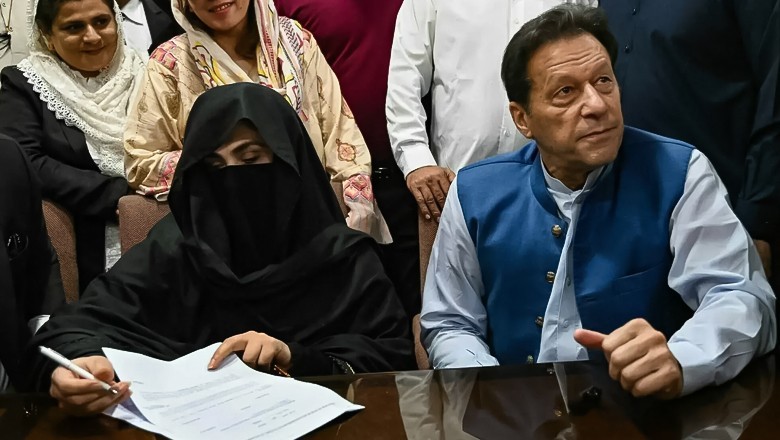
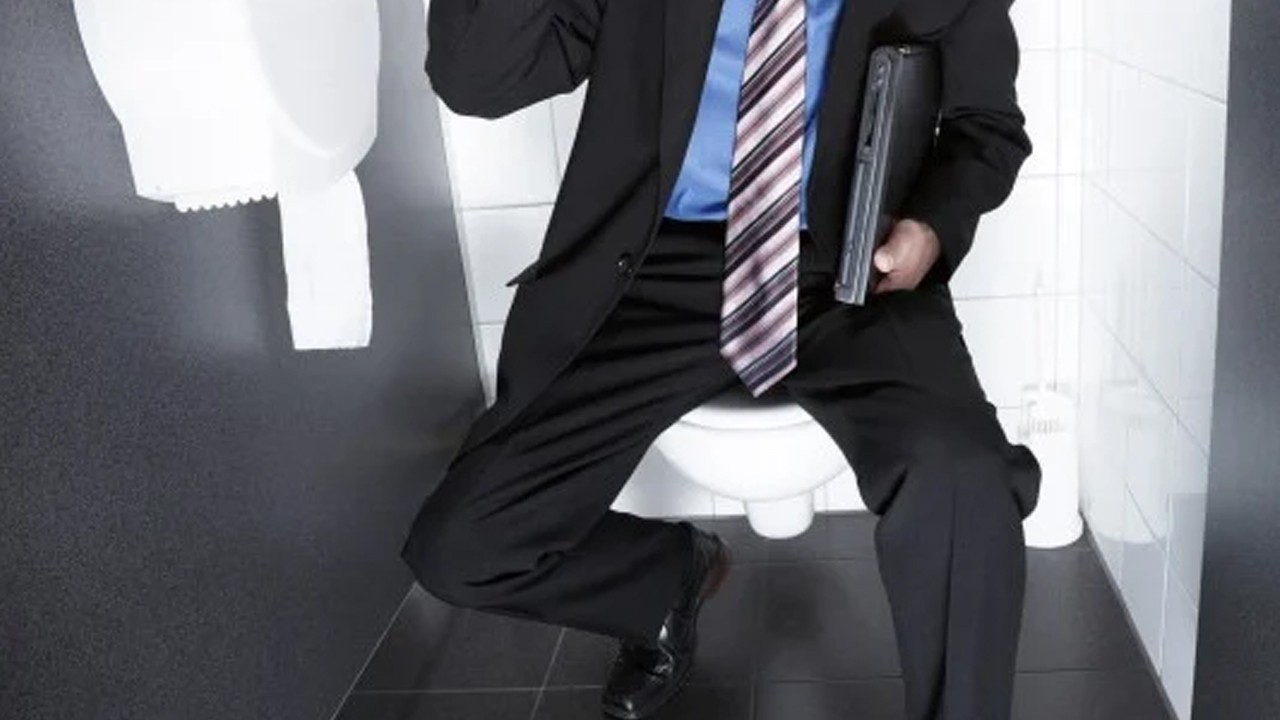
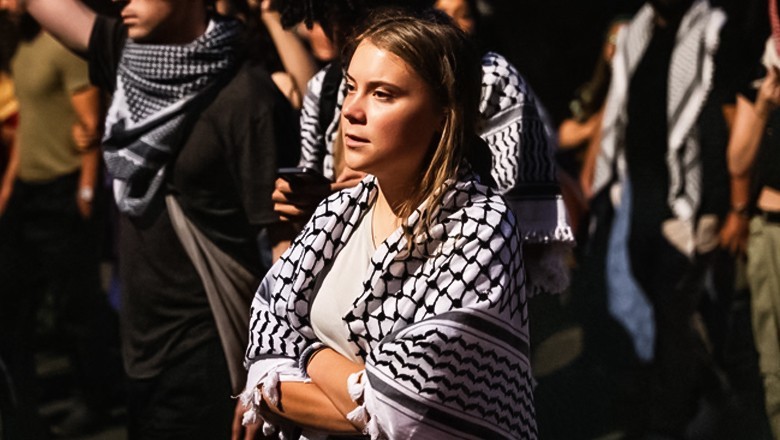
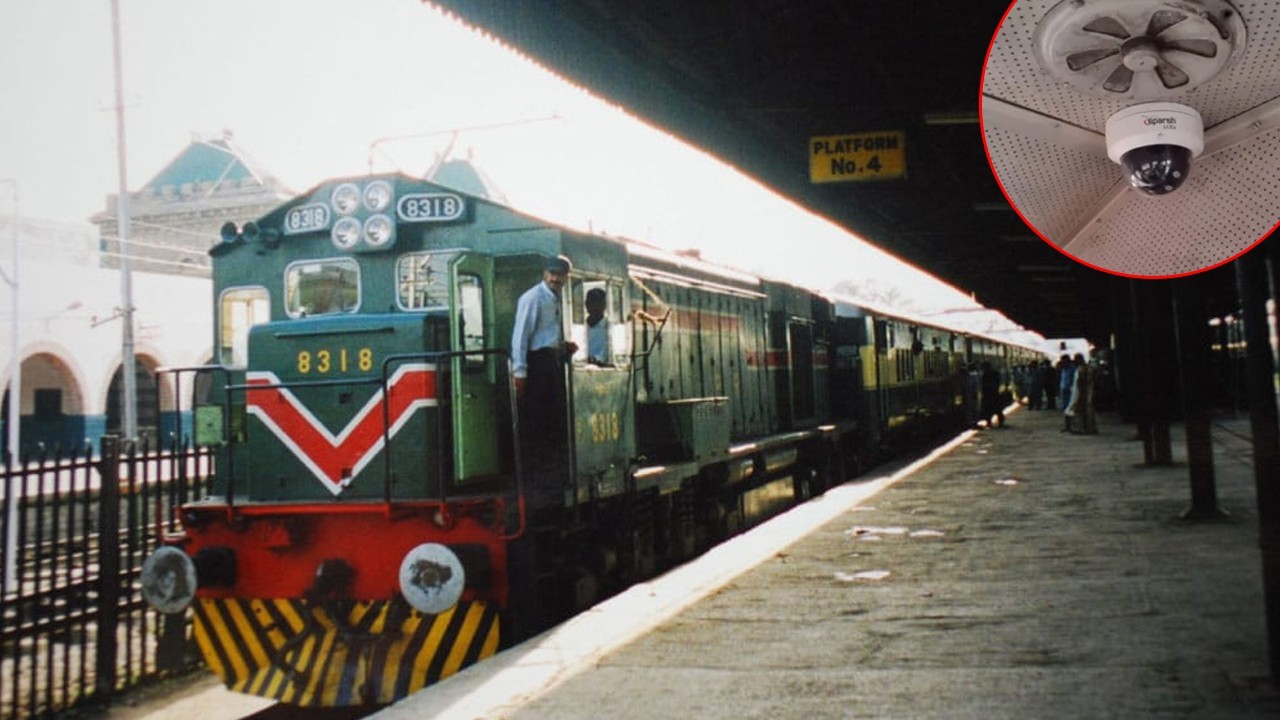
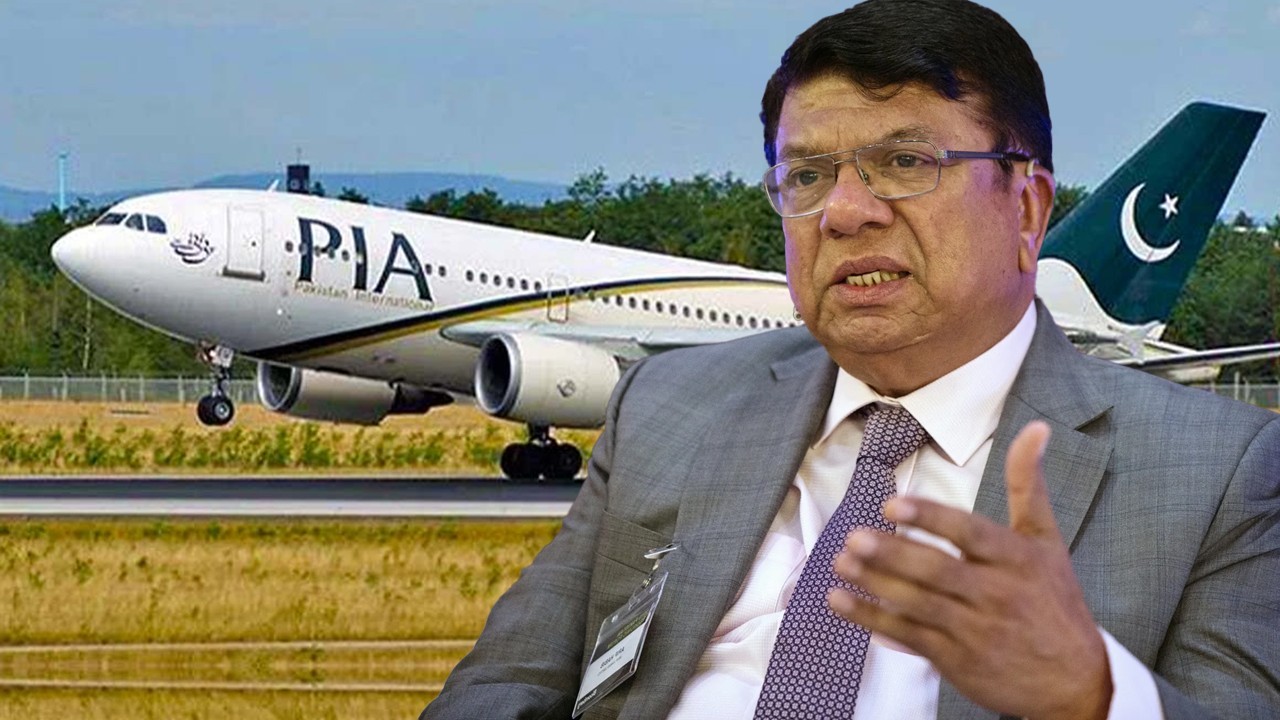
Comments
0 comment